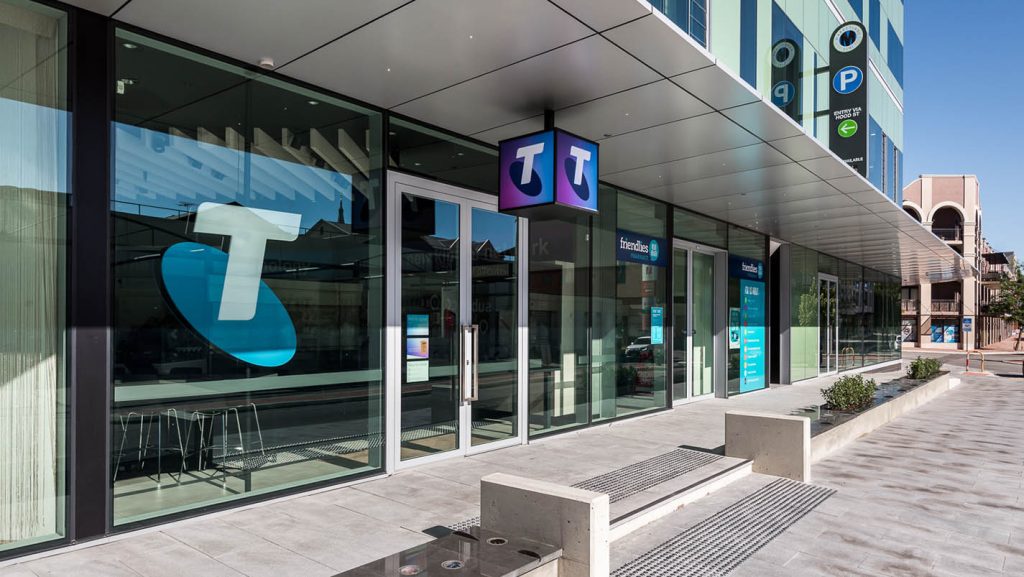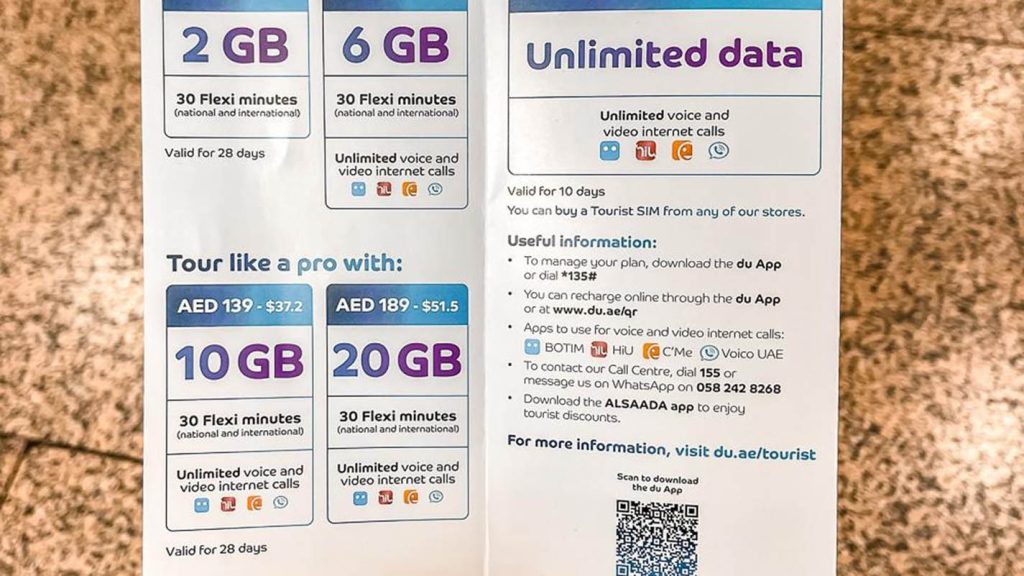When I first arrived in Perth, one of the things at the top of my list was getting a local SIM card. Staying connected is essential for any traveler, whether it’s to navigate the city, keep in touch with friends and family, or share all the stunning sights of Western Australia’s capital online. Thankfully, Perth has plenty of options when it comes to buying a SIM card, and I found the process surprisingly easy.
1. Why You Need a Local SIM Card in Perth
Before I dive into the practicalities, let me explain why I felt it was necessary to get a local SIM card. Like most travelers, I didn’t want to rely on expensive international roaming fees, which can skyrocket costs for data, calls, and texts. A local SIM card not only offers cheaper rates but also provides access to high-speed 4G and even 5G networks, which are incredibly useful for navigating the city, checking transport schedules, or even booking last-minute accommodations.
Moreover, public Wi-Fi in Perth is available but not always reliable. While some cafes and restaurants do offer free Wi-Fi, it’s often slow or requires you to purchase something first. For a seamless travel experience, especially if you’re constantly on the go, having mobile data is a game changer.
2. Choosing a Mobile Network Provider
When I began looking for a SIM card, I quickly realized that Australia has a competitive market for mobile services, and in Perth, you’ll find three major providers: Telstra, Optus, and Vodafone. Each one has its pros and cons, so I took the time to weigh my options before making a decision.

Telstra
Telstra is known for having the best network coverage in Australia, particularly in remote areas. If you’re planning to venture outside of Perth to explore Western Australia’s vast wilderness, Telstra is often the most reliable option. However, this premium service comes at a higher price point compared to other providers.
Optus
Optus offers strong coverage in metropolitan areas, including Perth and its suburbs. The prices are generally more affordable than Telstra, and they often have special deals for tourists. I found that Optus had a good balance between price and performance for city exploration, and their customer service is helpful for first-time SIM card buyers.
Vodafone
Vodafone, known for offering budget-friendly plans, is another solid option. While its network coverage can be spotty in remote areas, it’s perfectly fine for staying connected within Perth. If you’re a traveler who plans to stay in the city or in well-developed regions, Vodafone offers great value for money, particularly if you’re after a lot of data at a low cost.
3. Where to Buy a SIM Card in Perth
I quickly discovered that getting a SIM card in Perth is convenient, with options available as soon as you step off the plane. Here are the main places where I found local SIM cards easily accessible:
At Perth Airport
After landing at Perth Airport, I noticed several kiosks and convenience stores selling SIM cards in the arrival terminals. Both Telstra and Optus have dedicated stands where staff can help you choose the right plan and even set it up for you on the spot. For me, the convenience of getting a SIM card as soon as I arrived outweighed any other factors, as it meant I was connected right from the start of my trip.
Mobile Network Retail Stores
If you prefer a more personalized experience or want to ask more questions, you can head into one of the mobile network retail stores around Perth. There are stores for Telstra, Optus, and Vodafone located in the city center, especially in popular shopping districts like Hay Street Mall and Murray Street Mall. I visited an Optus store in the CBD, where the staff were incredibly helpful in explaining the different plans and even setting up the SIM card for me.
Convenience Stores and Supermarkets
One of the more surprising things I learned was that SIM cards are also available in many convenience stores and supermarkets around Perth. You can find prepaid SIM cards at places like 7-Eleven, Coles, and Woolworths. I spotted prepaid packs near the checkout counters, which was handy if you’re in a hurry or just want to grab something quickly without the fuss of setting it up in-store.
4. Choosing the Right Plan
After exploring my options and speaking with a few locals, I had a good sense of the types of prepaid plans available. I knew I needed a plan with plenty of data because I planned on using my phone for maps, social media, and video calls. Here’s a breakdown of the different types of plans I encountered:

Data-Heavy Plans
For travelers like me who rely on mobile data, both Optus and Vodafone offered data-heavy prepaid plans. These plans often come with 10GB or more, depending on how long you’ll be staying in the city. I found that Vodafone had a particularly good deal where they doubled the data if you activated the SIM card during a promotional period.
Tourist SIM Cards
I also came across tourist SIM cards, which are tailored specifically for short-term visitors. Optus, for example, had a 7-day plan with unlimited local calls and texts and a generous amount of data. These plans are perfect if you’re only in Perth for a short visit. I ended up choosing this plan because it was affordable and had everything I needed for my two-week stay.
Long-Term Plans
If you’re staying longer or traveling across Australia, it might make sense to go for a long-term plan with more flexibility. Telstra offers some excellent options for longer stays, and you can also top up your prepaid card easily online or at any store.
5. How to Activate Your SIM Card
Once I bought my SIM card, activating it was the next step. The process is straightforward, but I’m glad I had a few tips to avoid any hiccups.
- Registering Your SIM: In Australia, you need to provide some identification when activating a SIM card. I used my passport, and the entire registration process took just a few minutes. Whether you buy your SIM card at the airport or in a retail store, the staff usually help with this step. If you buy your SIM at a supermarket or convenience store, the instructions are in the SIM pack, and activation is often done online.
- Inserting and Setting Up: After registration, I inserted the SIM card into my phone, and within a few minutes, I was up and running. Most modern smartphones automatically configure the settings for the network. However, if you encounter issues with mobile data, you may need to manually enter the APN (Access Point Name) settings. The details for this are usually provided in the SIM pack or on the provider’s website.
6. Network Coverage and Speeds in Perth
During my time in Perth, I found that the mobile network coverage was excellent, particularly in the city center and surrounding suburbs. My Optus SIM card provided a fast and reliable connection, and I rarely encountered slow speeds, even when using heavy data apps like Google Maps and Instagram.
If you plan to venture further out of the city, especially into rural or coastal areas, it’s worth noting that Telstra tends to have the best coverage in more remote parts of Western Australia. That said, for my city-based itinerary, Optus was more than sufficient, and I experienced 4G and even 5G speeds at times.
7. How to Top Up Your SIM Card
Since I chose a prepaid plan, I had the flexibility to top up my SIM card whenever I needed more data or talk time. There are a few ways to do this, and I found all of them to be straightforward.
- Online: The easiest way to top up is via the provider’s website or app. I used the My Optus app, where I could instantly top up using my credit card. The app also provided useful information on my remaining balance, data usage, and plan expiry date.
- In-Store: Alternatively, I could visit any convenience store, supermarket, or mobile network store to purchase a top-up voucher. I found these vouchers available at most major retailers in Perth.
8. Tips for Using Your SIM Card in Perth
Having used a local SIM card for the entirety of my stay in Perth, here are a few tips I picked up along the way:
- Monitor Your Data Usage: While most plans come with a generous amount of data, it’s always a good idea to keep an eye on your usage, especially if you’re streaming videos or using GPS often. I made a habit of checking my data balance every few days to ensure I didn’t run out unexpectedly.
- Free Wi-Fi Spots: Even with a local SIM card, I still took advantage of free Wi-Fi hotspots around Perth. Many cafes, libraries, and public spaces offer Wi-Fi, including Perth Airport, Elizabeth Quay, and Kings Park. Using Wi-Fi when available can help conserve your mobile data for times when you really need it.
- International Calls and Roaming: If you need to make international calls or use your SIM card in other parts of Australia, check with your provider to see what’s included in your plan. Some tourist SIM cards offer international call options, while others might require an additional top-up.
Getting a local SIM card in Perth was one of the best decisions I made during my trip. Not only did it allow me to stay connected with friends and family, but it also made exploring the city much more convenient. From navigating the streets with Google Maps to staying up-to-date on the best places to visit, having mobile data at my fingertips was invaluable.
With a range of options from Telstra, Optus, and Vodafone, you can easily find a SIM card that suits your needs and budget. Whether you purchase your SIM at the airport, a retail store, or even a supermarket, the process is quick and hassle-free. By staying connected, I was able to fully enjoy all that Perth has to offer—without the stress of hefty roaming fees or unreliable Wi-Fi.